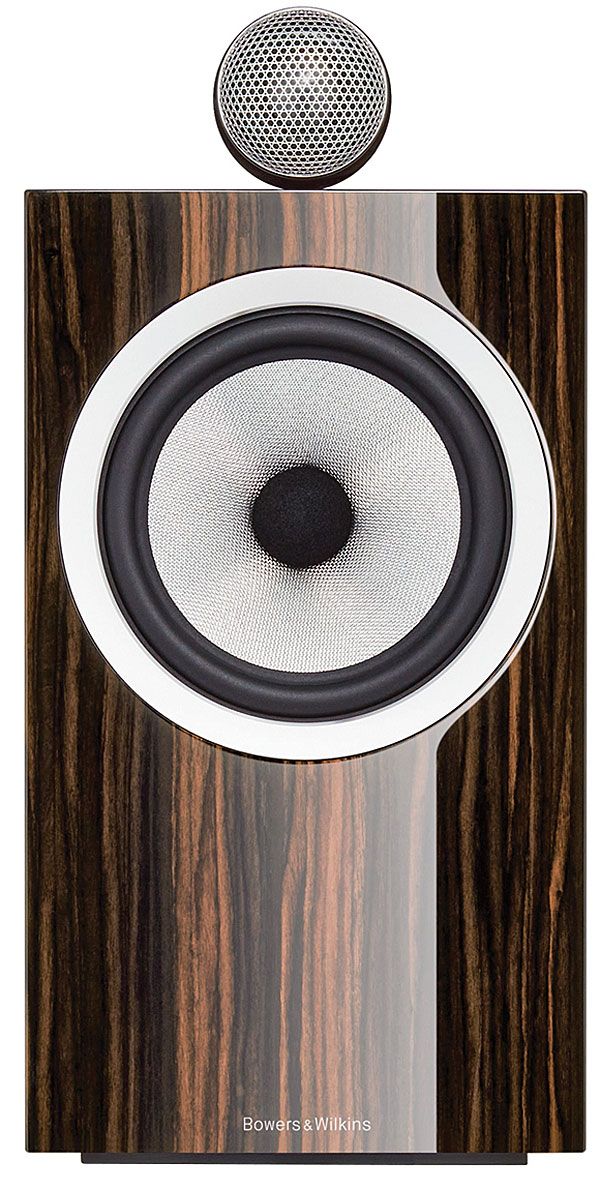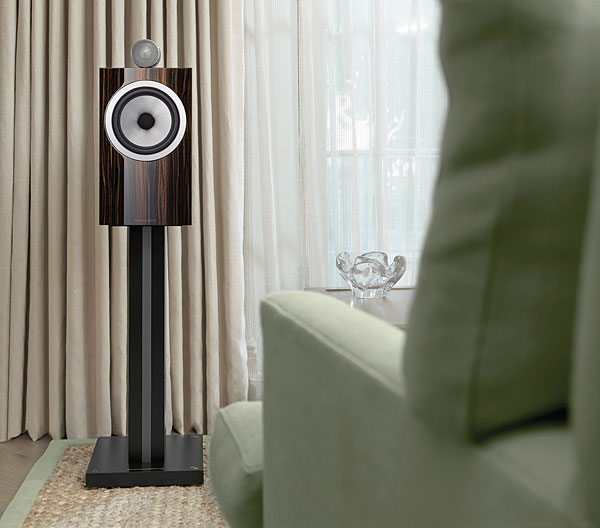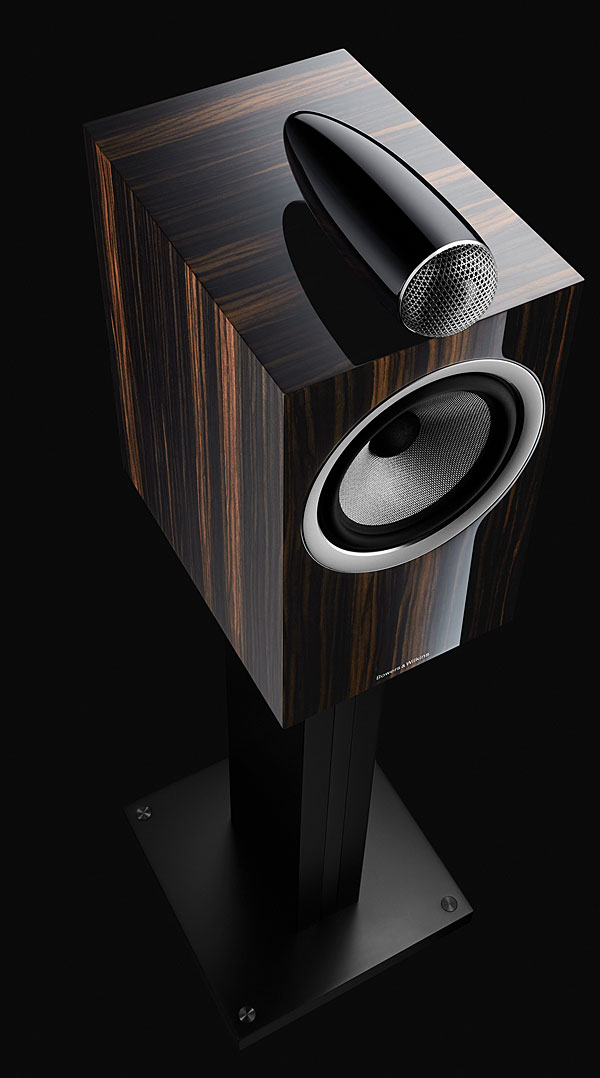| Columns Retired Columns & Blogs |
Every pair has its own unique grain pattern, they say.
The Wood is an Architectural product that comes in a wide range of species but only one specie is available from B&W.
No-one seems willing to say that these Loudspeakers ( and stands ) are made in China, even the very few internet images of its rear label panel are blurred enough to conceal the printed "Made in China" declaration while all the rest of the imaging remains beautifully clear & sharp. hmm. B&W does seem proud that they actually make a few 800 series somewhere in Europe.
So, the loudspeakers are drop-dead gorgeous, probably more beautiful than anything I own. ( I do have some French Impressionist Paintings in Storage that are NOT as glitzy as these 705 Signatures )
Country of origin is a big thing now-a-days
Tony in Venice













































